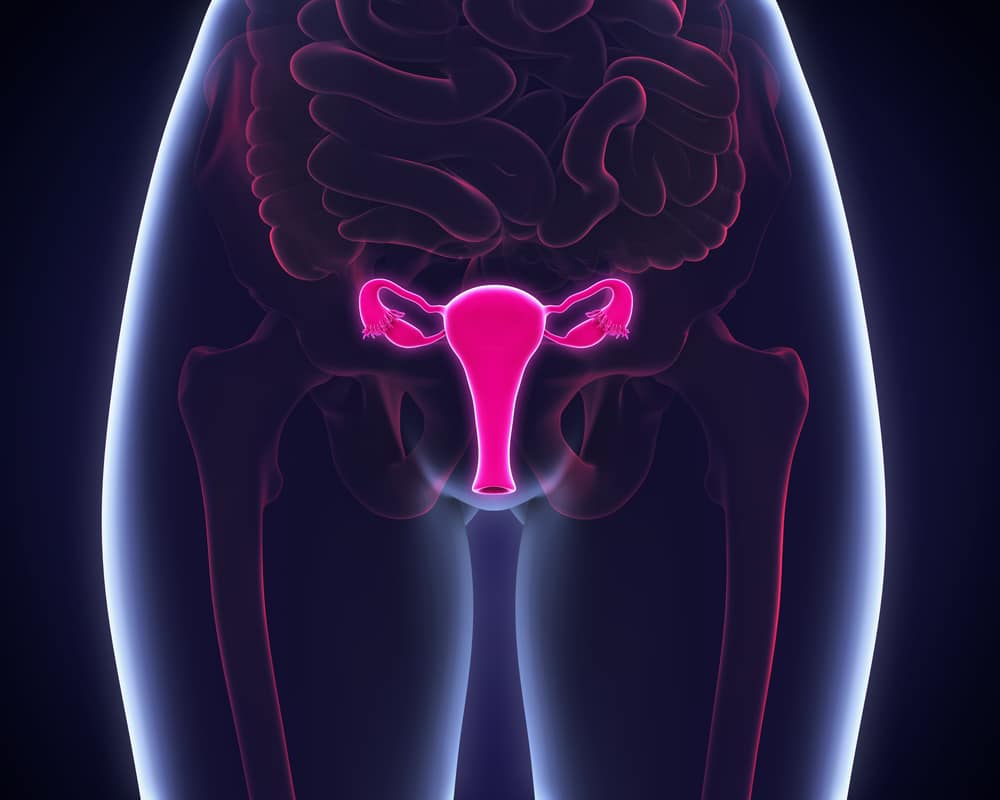Uterine cancer, or more specifically endometrial cancer, is the most common type of gynecological cancer in the United States. For this reason, it is important to understand the risk factors, symptoms, and treatment options for this type of cancer. Dr. Gizelka David-West recently explained the basics of these cancers on an episode of Healthful Woman. Listen to that episode on HealthfulWoman.com or continue reading to learn more.
What are the Symptoms of Endometrial and Uterine Cancer?
Uterine and endometrial cancers are most common among postmenopausal women, with postmenopausal bleeding being the first sign in most cases. Those who are overweight or obese are at an increased risk. Dr. David-West explains that “when you’re in menopause, and let’s say now you’re overweight or obese, your fatty tissue has an ability to create estrogen,” which disrupts the natural, normal hormone levels in the endometrium. This can result in stimulated cell growth and higher risk of mutations in the endometrial lining of the uterus.
How are Endometrial and Uterine Cancer Diagnosed?
If a woman experiences postmenopausal bleeding, a uterine cancer diagnosis is made by first using ultrasound to examine the uterine lining. If it appears abnormal, a biopsy is then performed to determine whether cancer is present and to grade the tissues. According to Dr. David-West, “the most common type of endometrial cancer we see is your low-grade…These are the ones that will stay in that lining, unlikely to invade beyond that lining, and are cured with surgical intervention. Ninety percent, 95% chance of cure rates without chance of recurrence.”
In addition to those with symptoms, patients with Lynch syndrome often undergo routine biopsies to screen for endometrial cancer. Lynch syndrome can be diagnosed through cancer genetics testing.
Can Endometrial or Uterine Cancer be Treated?
Endometrial or uterine cancer is treatable and has high success rates. In terms of endometrial cancer, Dr. David-West explains that “the inner lining is where the cancer originates, and most often will stay in that inner lining and not invade beyond. And so that’s what makes it a more favorable prognosis when diagnosed early and then treated early.”
Treatment depends on the severity or grade of the cancer or hyperplasia (overgrowth of abnormal cells that is not yet cancerous) and the patient’s age. For younger patients with hyperplasia, for example, hormone therapy typically resolves the issue. Dr. David West adds that these patients may also require “a dilation and curettage to scrape the linings and clean it out,” but this treatment has very high success rates and preserves fertility.
Postmenopausal women or women who are otherwise not concerned about fertility can have a hysterectomy. For many, vaginal or laparoscopic hysterectomy are options, which are minimally invasive surgeries with shorter recovery periods
Schedule an Appointment
To learn more about your gynecological cancer risk or diagnostic and treatment options, schedule an appointment at Carnegie Women’s Health in New York City. Call (315) 628-7063 or contact us online.

